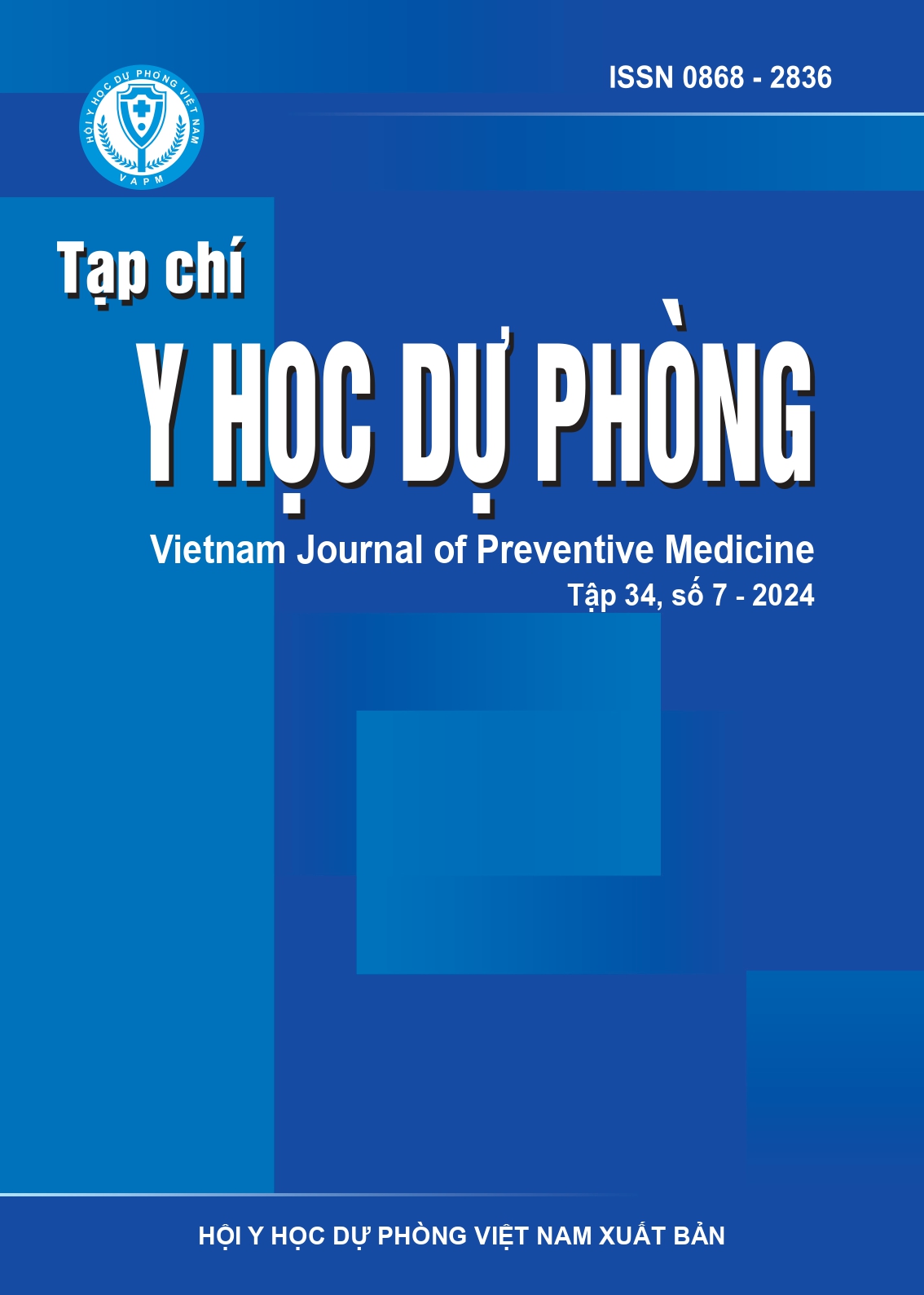Characteristics of HIV drug resistance in ARV-treated patients more than 6 months with unsuppressed viral load at two outpatient clinics in Hanoi, 2022-2023
DOI:
https://doi.org/10.51403/0868-2836/2024/1990Keywords:
ARV, HIVDR, HIVAbstract
Vietnam has achieved positive results in achieving the 95-95-95 goals for HIV to end HIV/AIDS. However, the World Health Organization warned of an increase in HIV drug resistance, particularly among patients undergoing long-term ARV treatment, which reduces treatment effectiveness and increases the risk of new infections. This study aims to evaluate the percentage and characteristics of HIV drug resistance in patients who have been treated for over six months with unsuppressed viral load at two outpatient clinics in Hanoi. 20 HIV patients were selected who met criteria from the MOVIDA 1 ter project to perform sequencing tests on the PR-RT (proteasereverse transcriptase) and INT (intergrase) gene segments to detect drug resistance mutations. The results showed that 25.6% (20/78) of treated patients had a viral load above 1,000 copies/ml, and 65.0% (13/20) had drug resistance mutations in the PR-RT region, with no mutations detected in the INT region. Notably, 38.5% of patients carried multiple mutations, with the highest resistance levels observed in NNRTI and NRTI groups such as EFV, NVP, and 3TC. The possibility of catching recombinant viruses with the PR-RT belonging to the CRF01_AE subtype and the INT from the B subtype was noted. Conclusion: monitoring HIV drug resistance and applying timely interventions are essential in ARV treatment.
Downloads
Downloads
Published
How to Cite
Issue
Section
License
Publication License No 150/GP-BTTTT signed on May 8, 2014;
Electronic Publication License No 322/GP-BTTTT signed on June 15, 2016.


